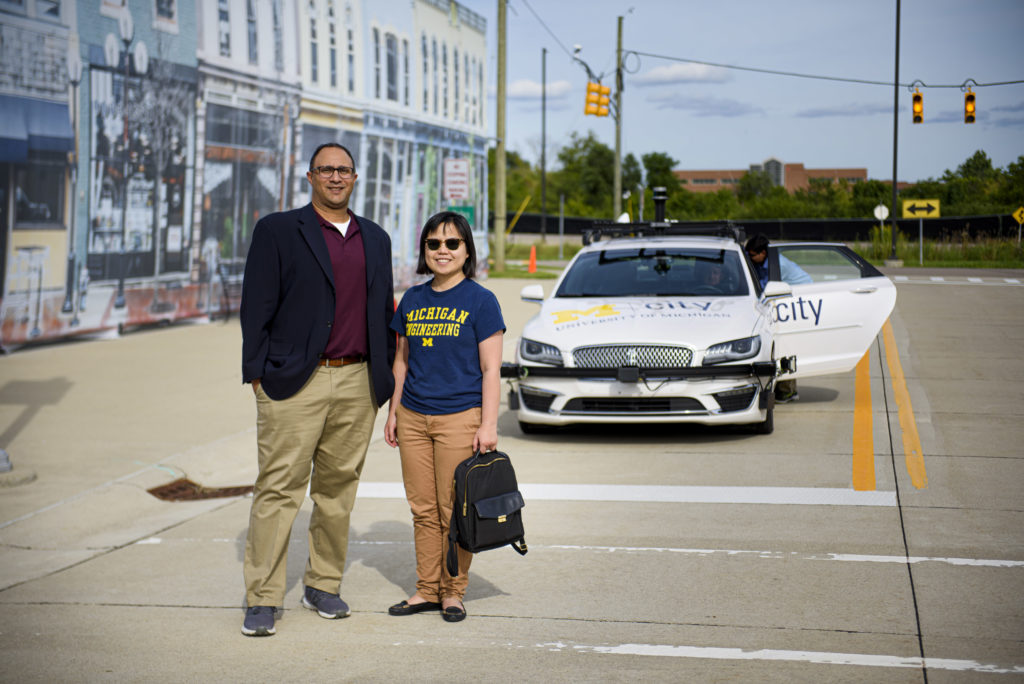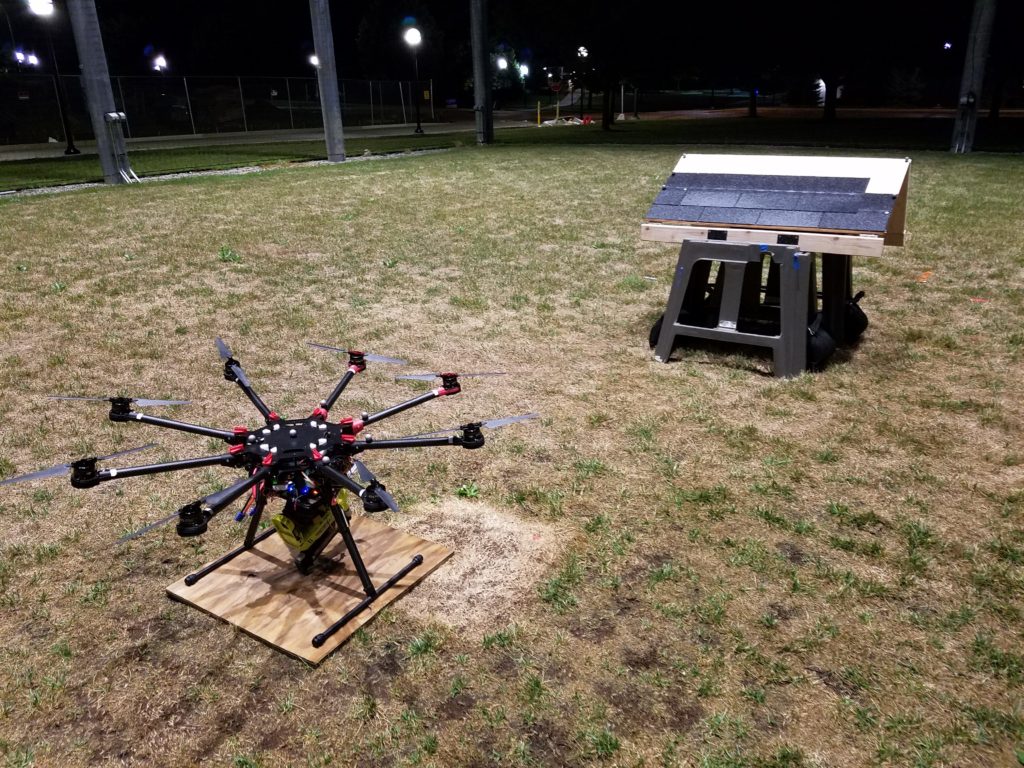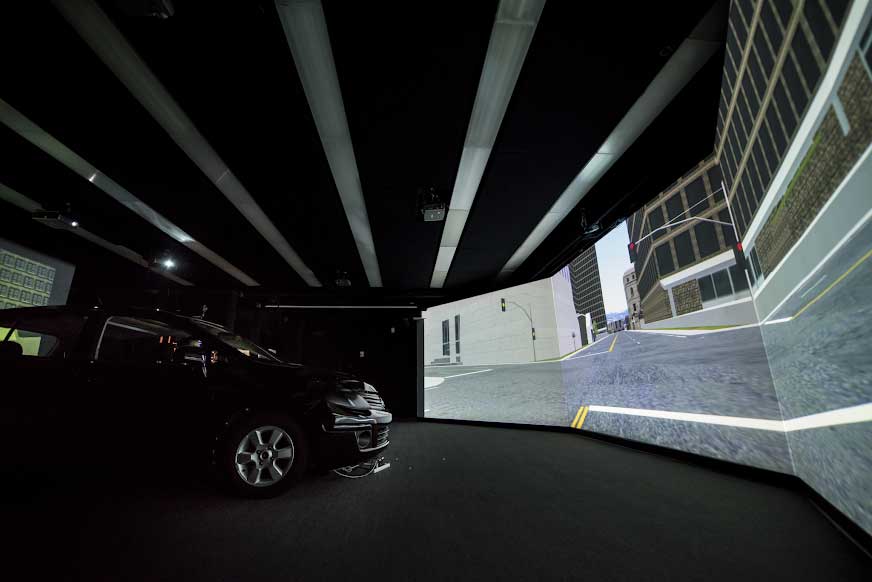U-M partners with autonomous air mobility center
October 13, 2023

The University of Michigan is proud to be a partner in the pioneering Center for Autonomous Air Mobility and Sensing (CAAMS). This recognized National Science Foundation (NSF) Industry-University Cooperative Research Center (I-UCRC), established in 2022, conducts cutting-edge research and training in autonomous air mobility and sensing technology.
“As a contributing member, the University of Michigan is enabling advancements at the forefront of research on autonomous aerospace vehicles and systems,” said Dimitra Panagou, associate professor of robotics and aerospace engineering, and U-M’s site director for CAAMS.
Continue reading ⇒

